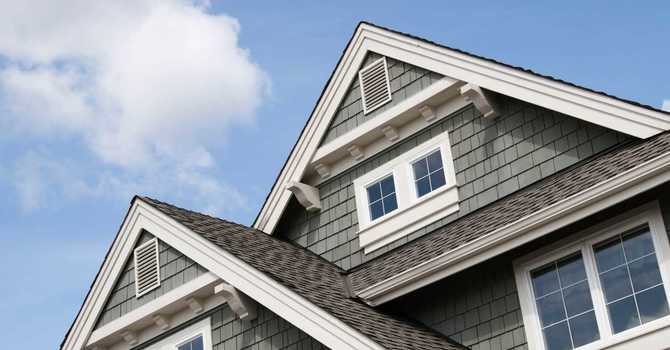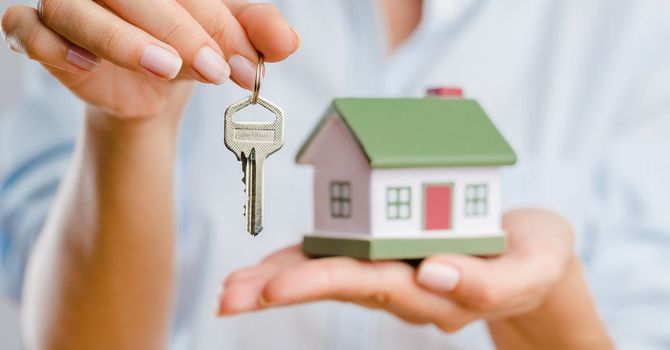What Is the Minimum Down Payment – and How Does It Affect My Application?
There are 3 types of downpayment scenarios:
1. 5% to 19% Down Payment – High-Ratio Mortgage
A down payment between 5% and 19% is considered high-ratio because the mortgage loan is more than 80% of the home’s value. In this case, mortgage default insurance is required (through CMHC, Sagen, or Canada Guaranty). This insurance protects the lender—not the borrower—and the premium is added to your total mortgage amount.
2. 20% or More – Conventional Mortgage
With a down payment of 20% or more, your mortgage is classified as conventional. This means no mortgage insurance is required, which reduces your overall borrowing costs and monthly payment.
3. Flex-Down Mortgage (Borrowed 5% Down Payment)
In certain cases, borrowers with strong income and good credit may be able to borrow their 5% down payment from an unsecured line of credit or loan.
These mortgages are less common today and subject to stricter qualification, but they can work for those who can manage the extra debt.
What are acceptable sources of downpayment?
1. Cash Savings or Investments
Funds from your chequing, savings, or investment accounts are acceptable, but must be verified with a 90-day transaction history. Statements must show your name and account number to confirm ownership.
2. Gifted Down Payment (Direct Family Members Only)
A family member (such as a parent or sibling) can gift you part or all of your down payment. This must be a true gift—not a loan. We’ll provide a gift letter that both parties must sign to confirm there is no repayment required.
3. RRSP Withdrawal – Home Buyers' Plan (HBP)
As of 2024, eligible homebuyers can withdraw up to $60,000 from their RRSPs tax-free under the federal Home Buyers’ Plan. You have 15 years to repay the amount to avoid being taxed on the withdrawal. To verify, we’ll need your RRSP statement and the withdrawal form signed at your bank.
Note: You may still qualify to use RRSP funds under the HBP even if you’ve owned a home before, depending on how long you’ve been out of the market.
4. Borrowed Funds from Another Property
If you own another home, you may be able to access equity through a refinance or Home Equity Line of Credit (HELOC). We’ll need a current mortgage statement showing the available credit or equity.
5. Sale Proceeds from an Existing Property
If you're selling a home and using the equity for your next purchase, we’ll require:
A firm sale agreement
A mortgage payout statement
Proof of deposit once the funds are received
If the sale closes after your new purchase, bridge financing may be used to access your equity early—we can help arrange this if needed.
6. Unsecured Line of Credit
Some buyers with strong financial profiles may qualify to borrow their down payment through an unsecured line of credit. This option is case-by-case, and the borrowed funds are factored into your debt servicing ratios, so it’s important to review the numbers carefully.
Down payment planning is one of the most important parts of getting mortgage-ready. If you're unsure which option is best for your situation, let’s connect. I can walk you through the numbers and help build a plan that fits your goals.



